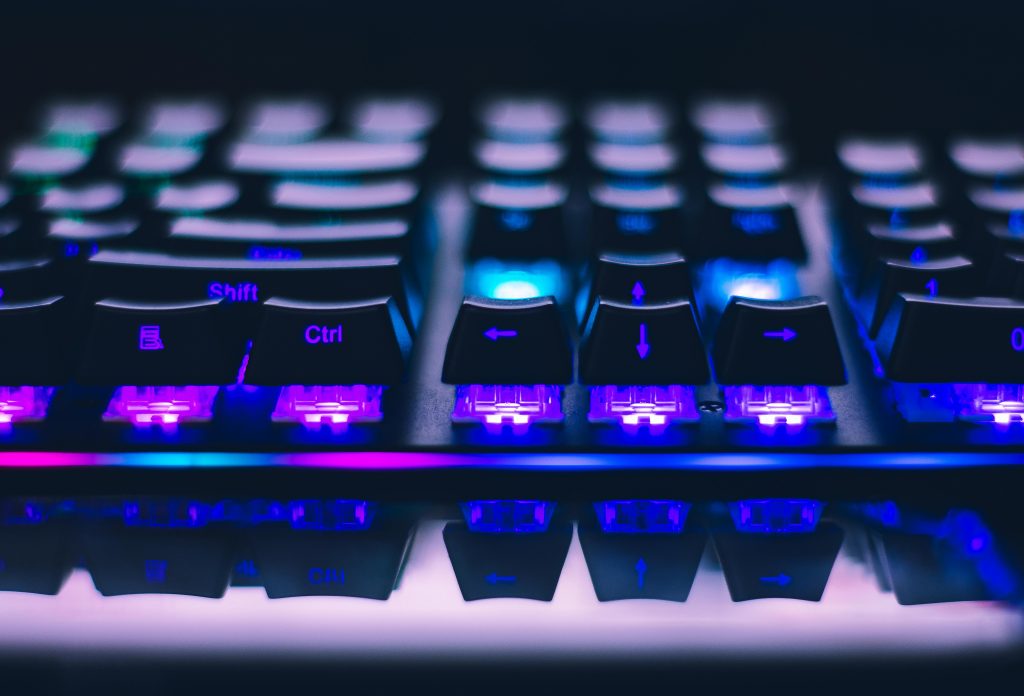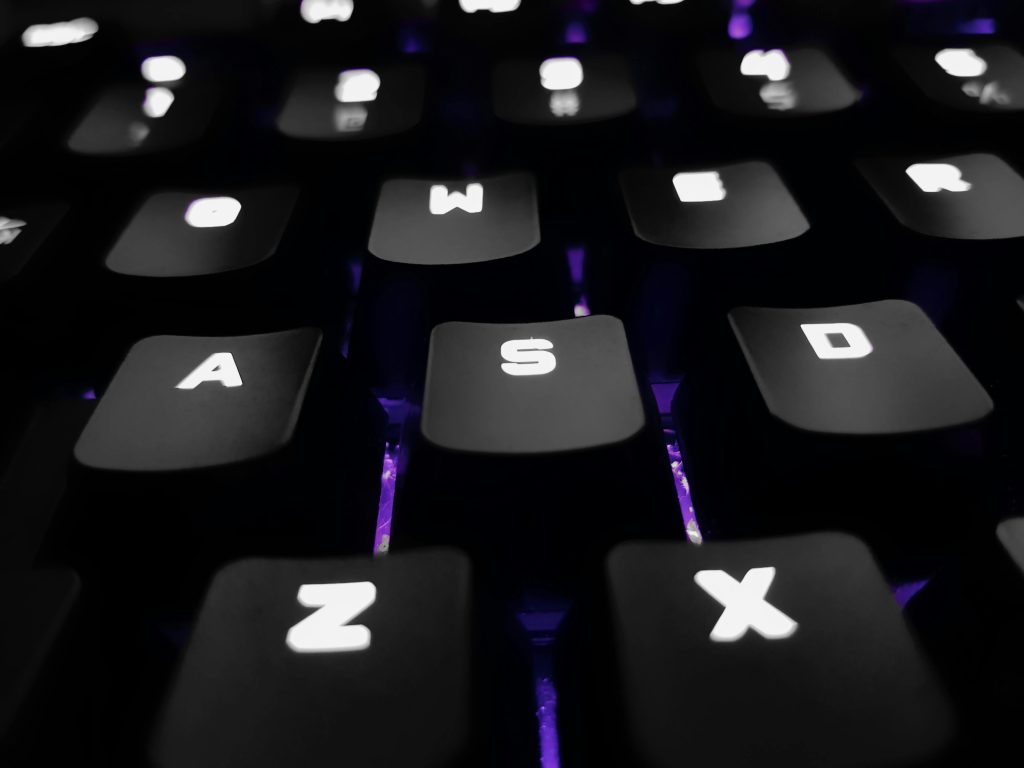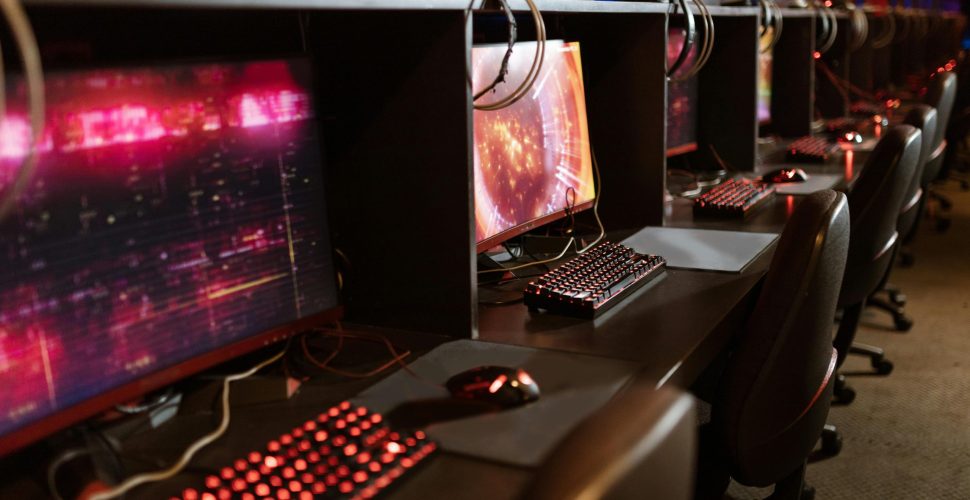When you’re building or upgrading your gaming keyboard, one critical choice often overlooked is the plate. The plate significantly impacts your typing experience, gaming performance, and overall keyboard durability. But what exactly is the plate, and why should you care? If you’re asking yourself, “What plate should I get for my gaming keyboard?”—you’re in the right place.
Understanding the Gaming Keyboard Plate: What Is It?
The plate in a gaming keyboard is a structural component that sits between the PCB (printed circuit board) and the key switches. It serves several purposes:
- Switch Stability: It holds the switches securely in place.
- Durability: Adds structural rigidity to the keyboard.
- Typing Feel and Sound: Influences keypress feedback and acoustics.
You may also like this What Rest Areas in Oregon Have Wi-Fi Service?
Types of Keyboard Plates and Their Characteristics
Not all plates are created equal. Let’s explore the common materials used for gaming keyboard plates and how they affect performance.

1. Aluminum Plates
- Feature 1: Lightweight and strong.
- Feature 2: Provides a balanced typing experience.
- Feature 3: Produces a crisp, metallic sound.
- Feature 4: Ideal for gamers who want durability without extra weight.
2. Brass Plates
- Feature 1: Heavier and more rigid.
- Feature 2: Delivers a firm, satisfying typing feel.
- Feature 3: Enhances the “thock” sound, favored by many enthusiasts.
- Feature 4: Best for gamers seeking a premium build and unique sound profile.
3. Polycarbonate Plates
- Feature 1: Lightweight and flexible.
- Feature 2: Offers a softer, quieter typing experience.
- Feature 3: Reduces fatigue during long gaming sessions.
- Feature 4: Perfect for casual gamers or those who prefer softer feedback.
4. Carbon Fiber Plates
- Feature 1: Lightweight yet incredibly strong.
- Feature 2: Provides a sharp tactile feedback.
- Feature 3: Absorbs vibrations, resulting in quieter typing.
- Feature 4: Excellent for competitive gamers who need precision.
5. Steel Plates
- Feature 1: Extremely durable.
- Feature 2: Offers a rigid typing feel.
- Feature 3: Produces a deeper sound profile.
- Feature 4: Great for gamers prioritizing longevity.
Comparison Table: Gaming Keyboard Plate Materials
| Plate Material | Durability | Typing Feel | Sound Profile | Weight |
| Aluminum | High | Balanced | Crisp, metallic | Lightweight |
| Brass | Very High | Firm | Thocky, resonant | Heavy |
| Polycarbonate | Moderate | Soft, flexible | Quiet | Very light |
| Carbon Fiber | High | Tactile, precise | Quiet | Lightweight |
| Steel | Very High | Rigid | Deep, resonant | Heavy |
Factors to Consider When Choosing a Gaming Keyboard Plate
1. Typing Feel
If you’re a fast-paced gamer who loves tactile feedback, carbon fiber or aluminum may suit your style. For those who prefer softer keystrokes, polycarbonate is a better fit.
2. Sound Profile
A quieter gaming keyboard is ideal for shared spaces, making polycarbonate and carbon fiber great options. If you enjoy a thocky sound, brass plates will give you that premium acoustic experience.
3. Weight and Portability
For LAN parties or frequent travel, lightweight options like aluminum and polycarbonate are perfect. Heavier plates, such as brass or steel, are better for stationary setups.
4. Durability
If you need a gaming keyboard that withstands intense use, brass and steel plates are your go-to choices.
5. Budget
Aluminum and polycarbonate plates are typically more affordable, while brass and carbon fiber lean toward the premium side.
Installation Tips for Gaming Keyboard Plates
Installing or replacing a keyboard plate can seem daunting, but with the right steps, it’s manageable:

- Disassemble your keyboard: Remove the keycaps and switches carefully.
- Unscrew the old plate: Keep screws in a safe place.
- Fit the new plate: Align it with the PCB and switches.
- Reassemble your keyboard: Ensure all components are secure.





